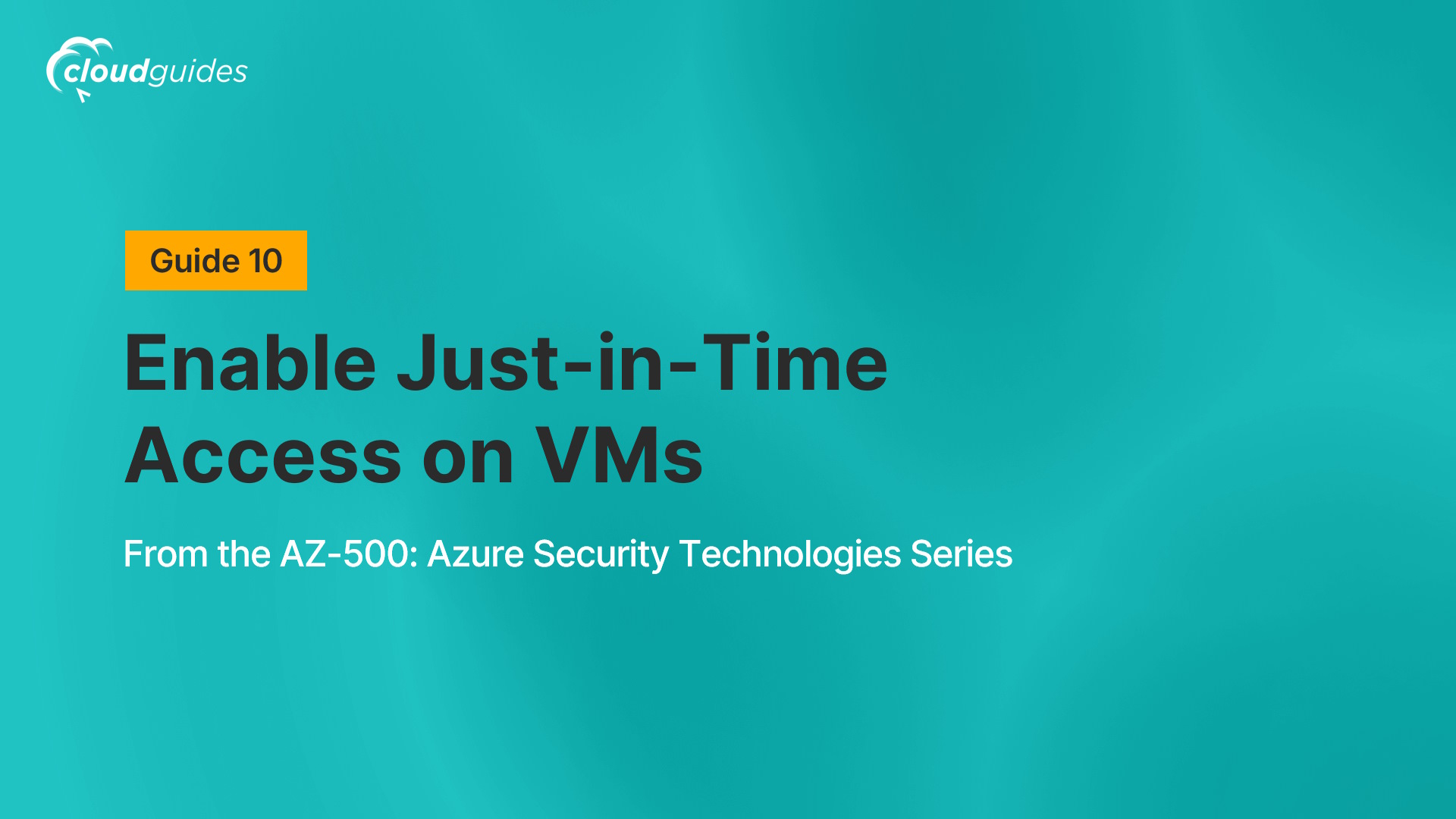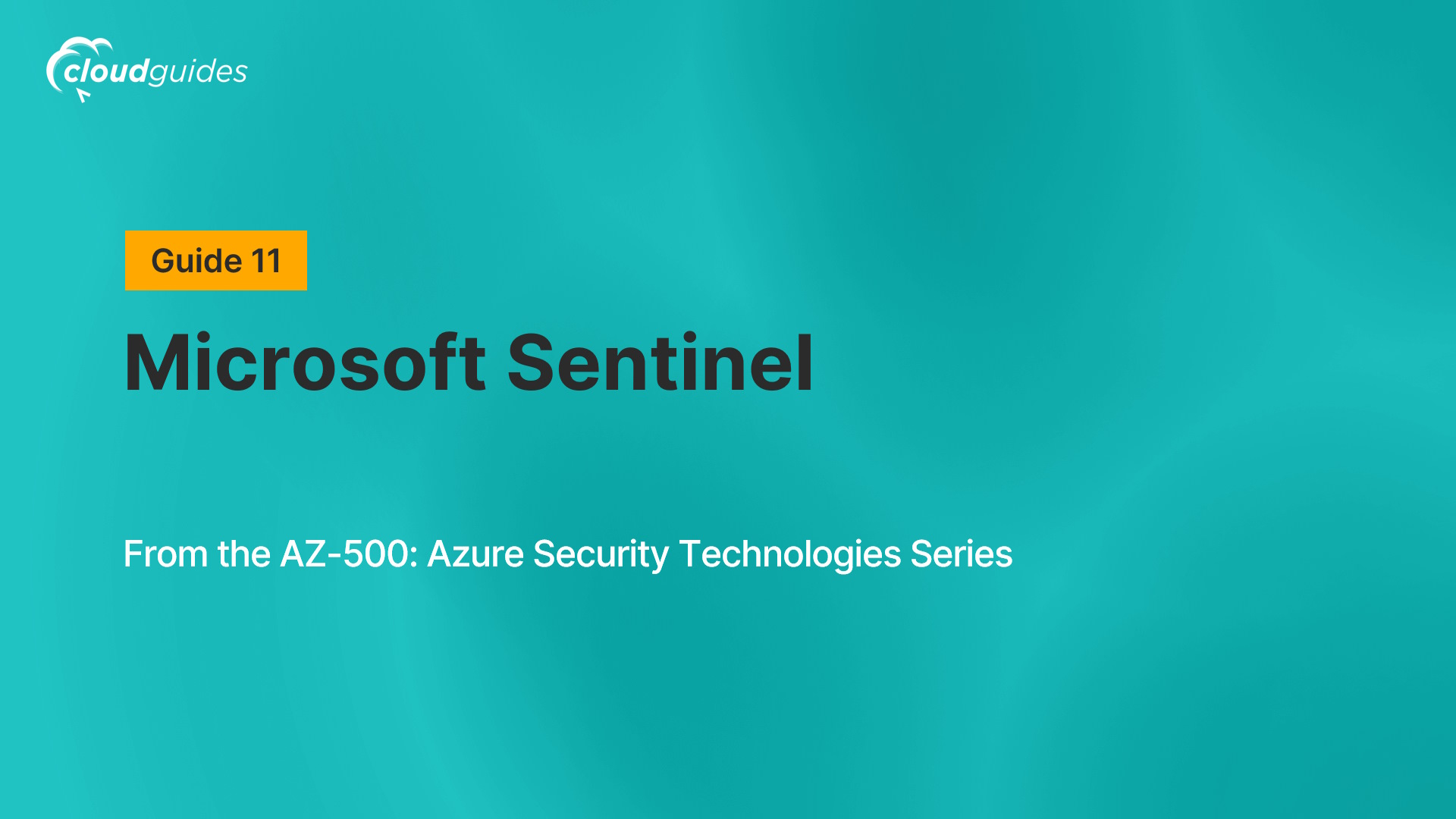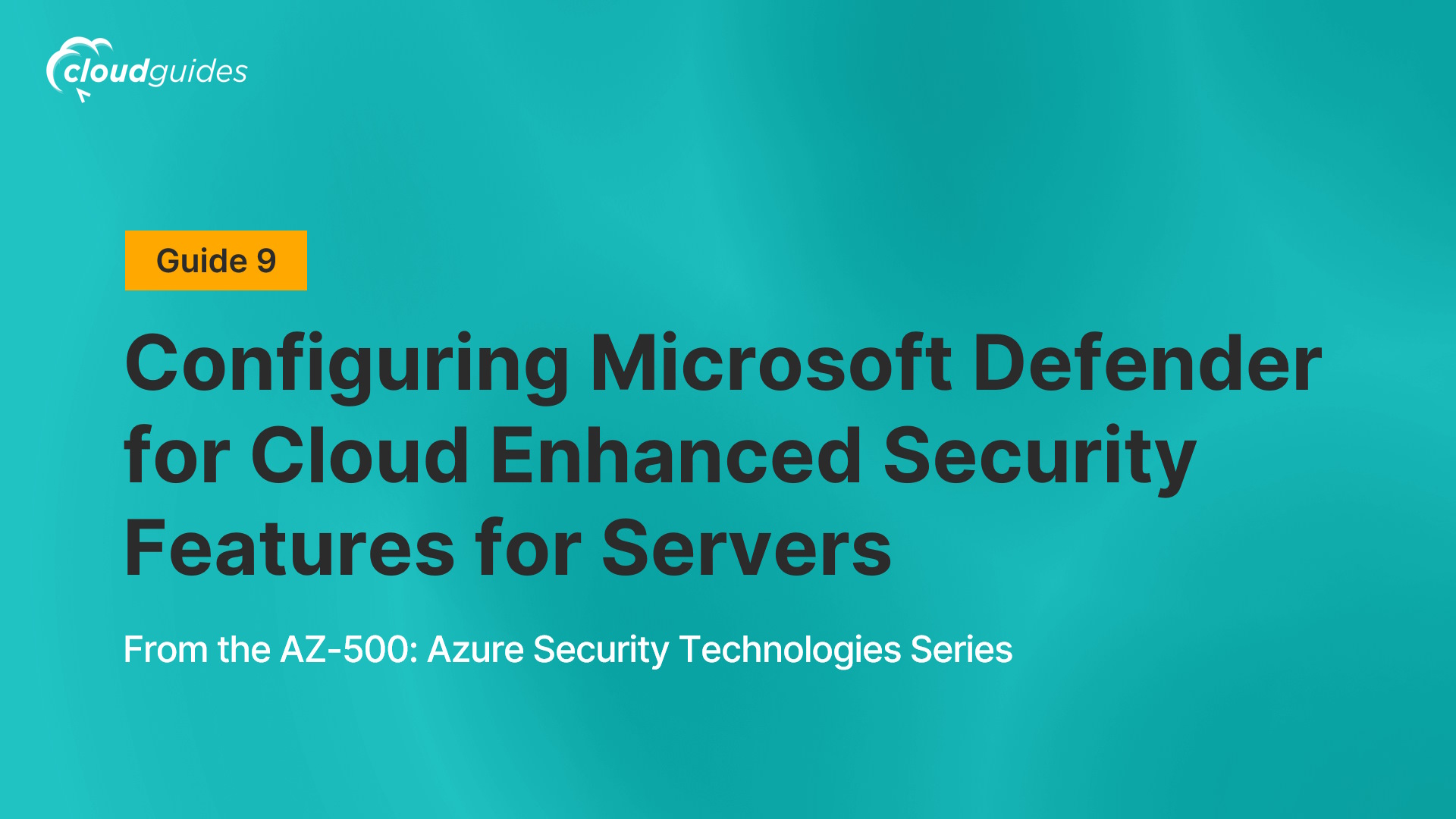
Configuring Microsoft Defender for Cloud Enhanced Security Features for Servers
About this guide
Lab Scenario
As an Azure Security Engineer for a global e-commerce company, you are responsible for securing the company’s cloud infrastructure. The organization relies heavily on Azure virtual machines (VMs) and on-premises servers to run critical applications, manage customer data, and process transactions. The Chief Information Security Officer (CISO) has identified the need for enhanced security measures to protect these resources against cyber threats, vulnerabilities, and misconfigurations. You have been tasked with enabling Microsoft Defender for Servers in Microsoft Defender for Cloud to provide advanced threat protection and security monitoring for both Azure VMs and hybrid servers.
Lab Objectives
- Configure Microsoft Defender for Cloud Enhanced Security Features for Servers
- Review the enhanced security features for Microsoft Defender for Servers Plan 2
Job Skills
The Cloudguides in this series help IT professionals gain practical skills related to making Microsoft Azure environments more secure, including how to implement security controls, manage identity and access, protect data and applications, monitor for threats, and maintain a secure posture across various Azure services.
Career Connections
With the increasing demand for cybersecurity expertise, professionals with the skills from this series can pursue job prospects in roles such as Cloud Security Engineer, Security Analyst, Azure Security Consultant, Security Administrator, and Compliance Manager.
As of 2025, average U.S. salaries range from $103,197 to $143,002 for entry-level roles and $120,201 to $203,652 for professionals with 5 years' experience across positions like Cloud Security Engineer, Security Analyst, Azure Security Consultant, Security Administrator, and Compliance Manager. Please note that these figures are approximate, derived from online sources, and can vary based on factors such as location, industry, and company size.

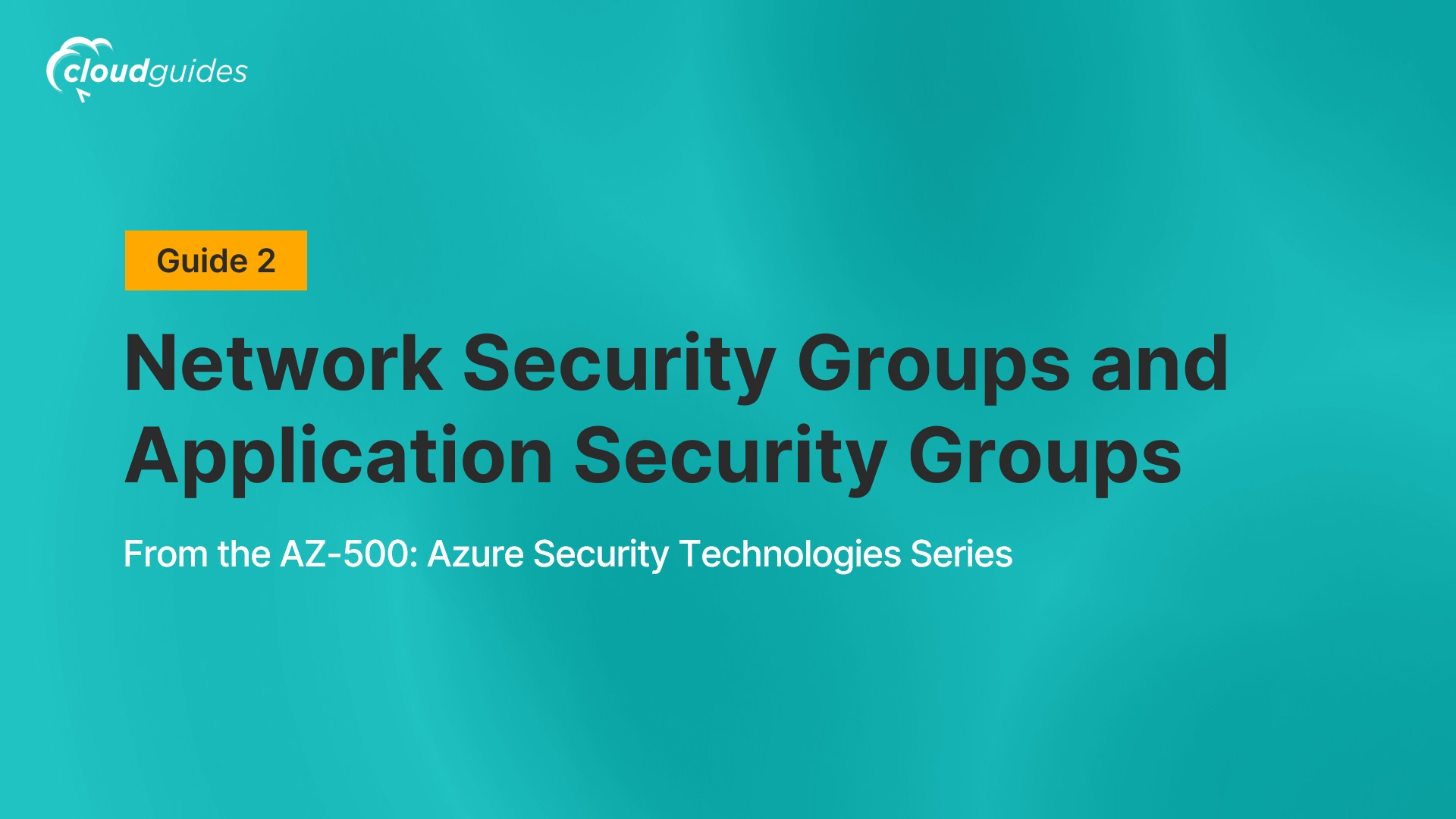
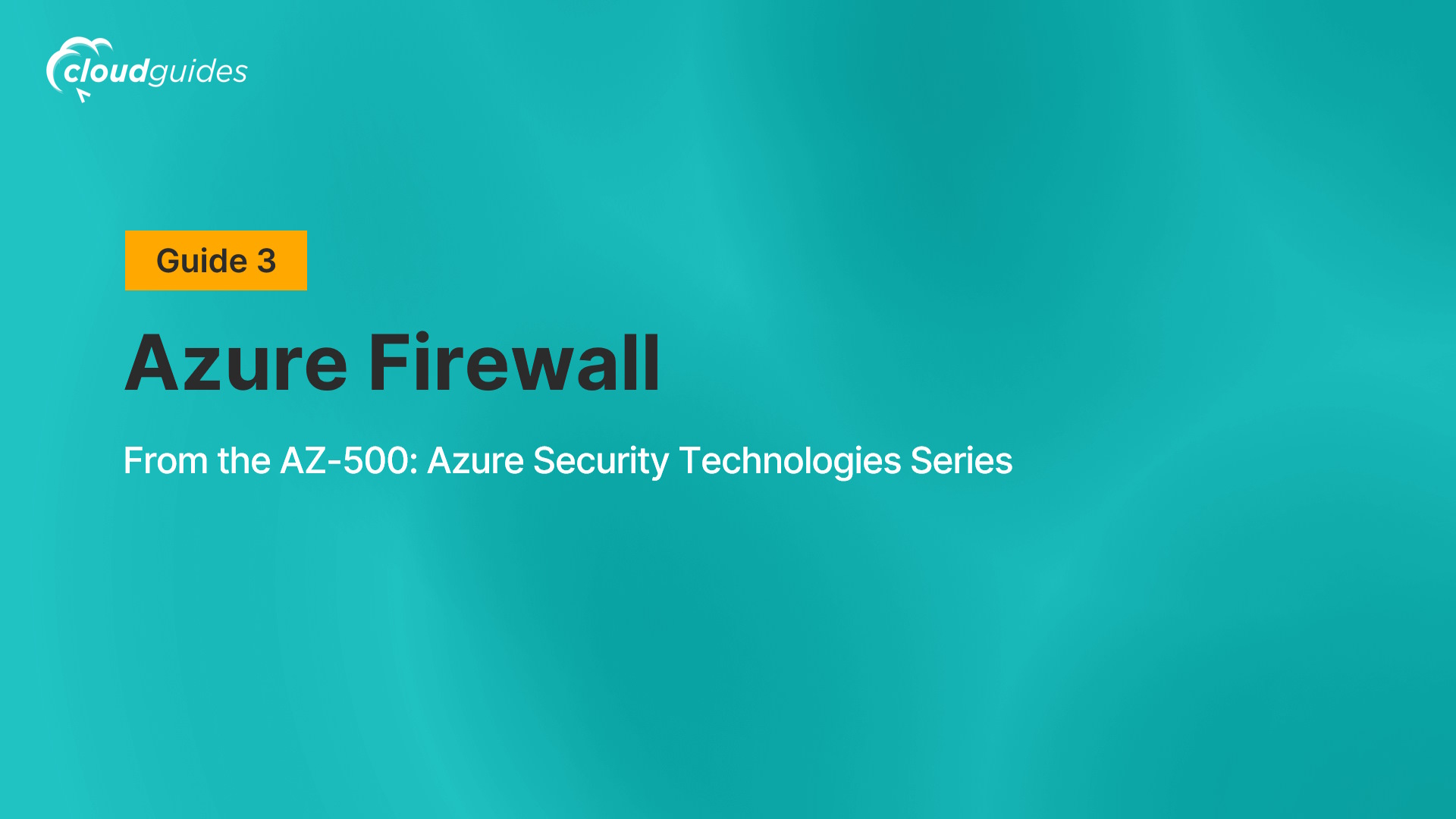
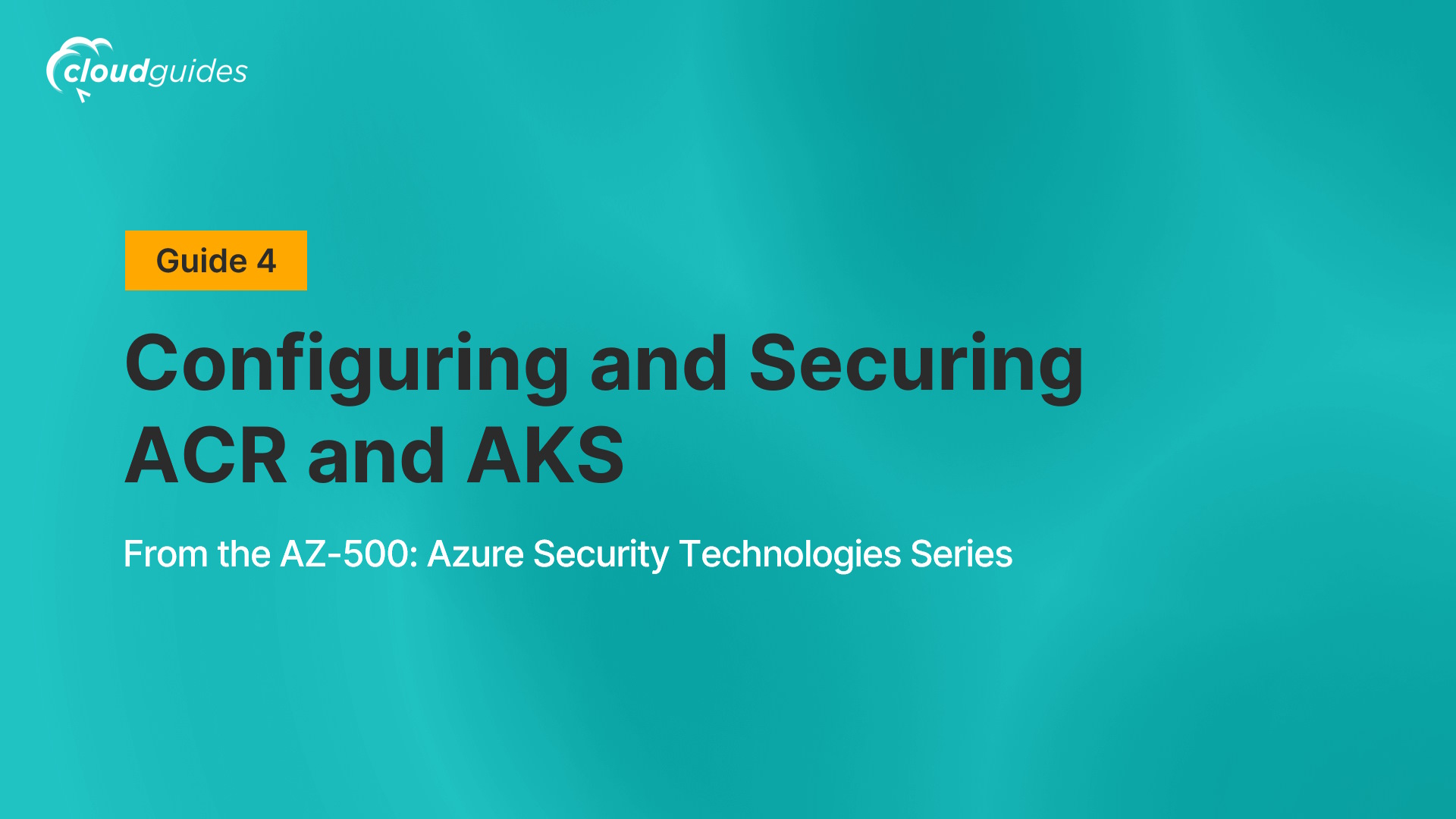
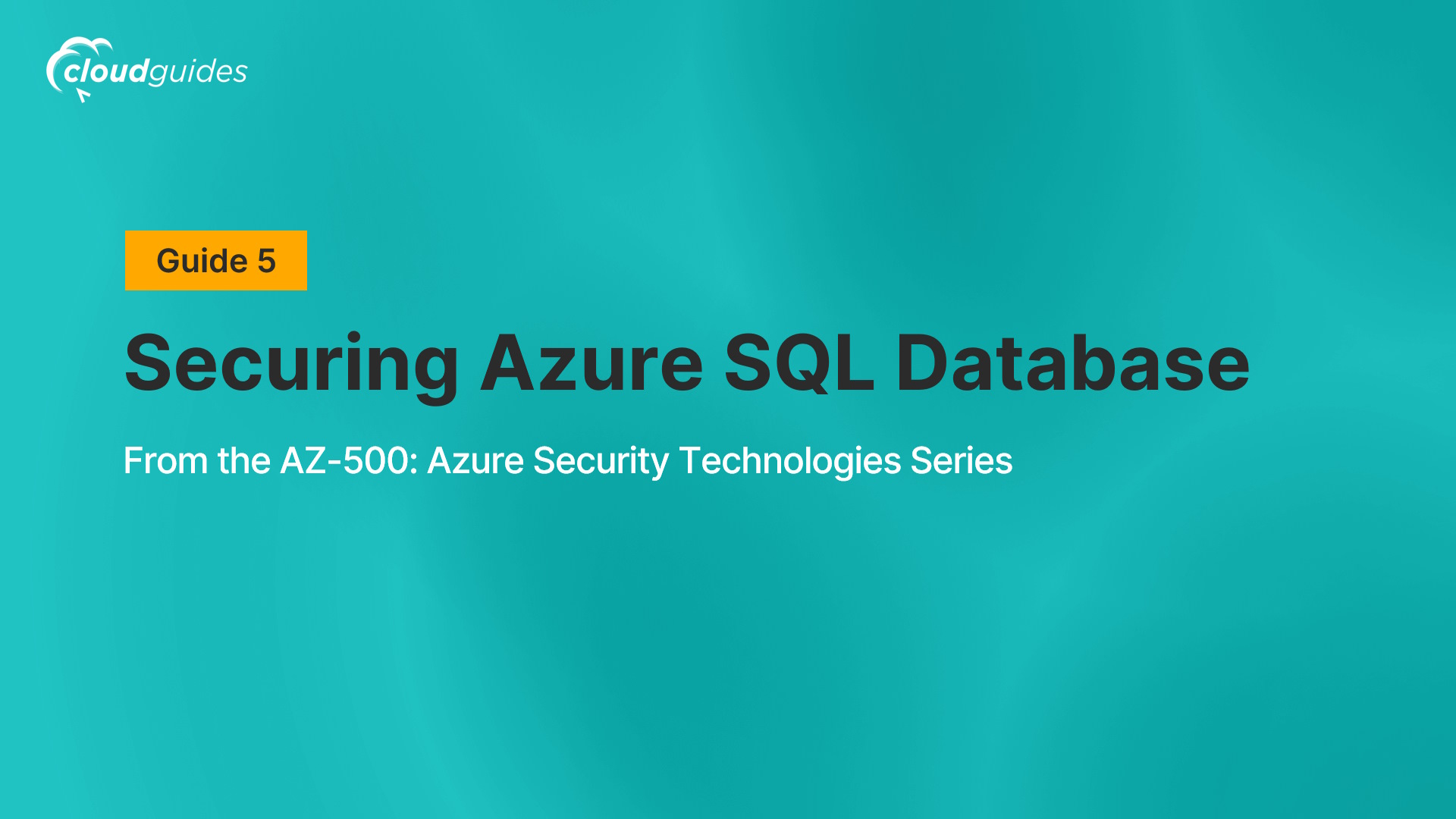
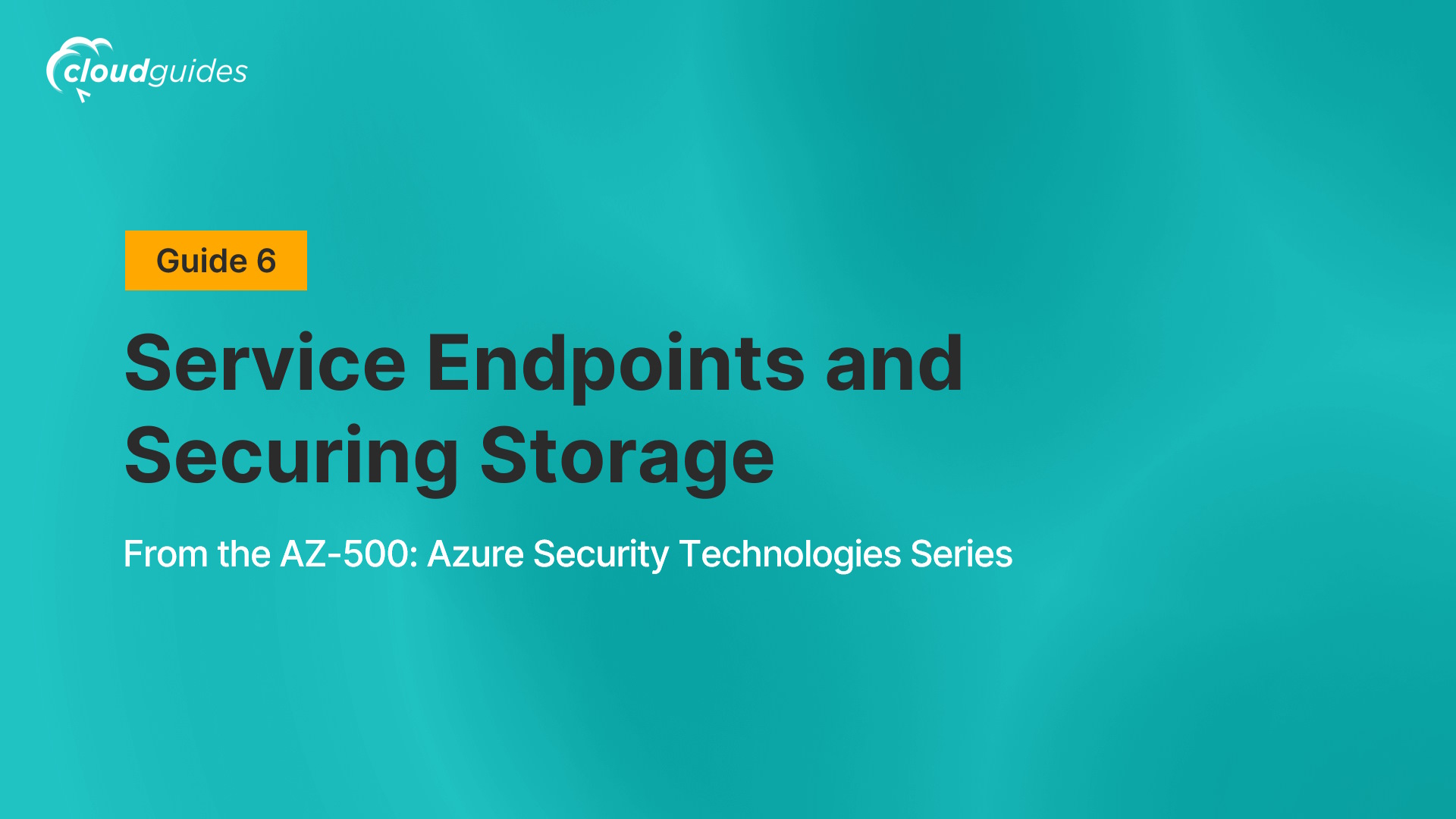
/Key%20Vault%20(Implementing%20Secure%20Data%20by%20setting%20up%20Always%20Encrypted).jpg)
/Create%20a%20Log%20Analytics%20Workspace%2C%20Azure%20Storage%20Account%2C%20and%20Data%20Collection%20Rule%20(DCR).jpg)
